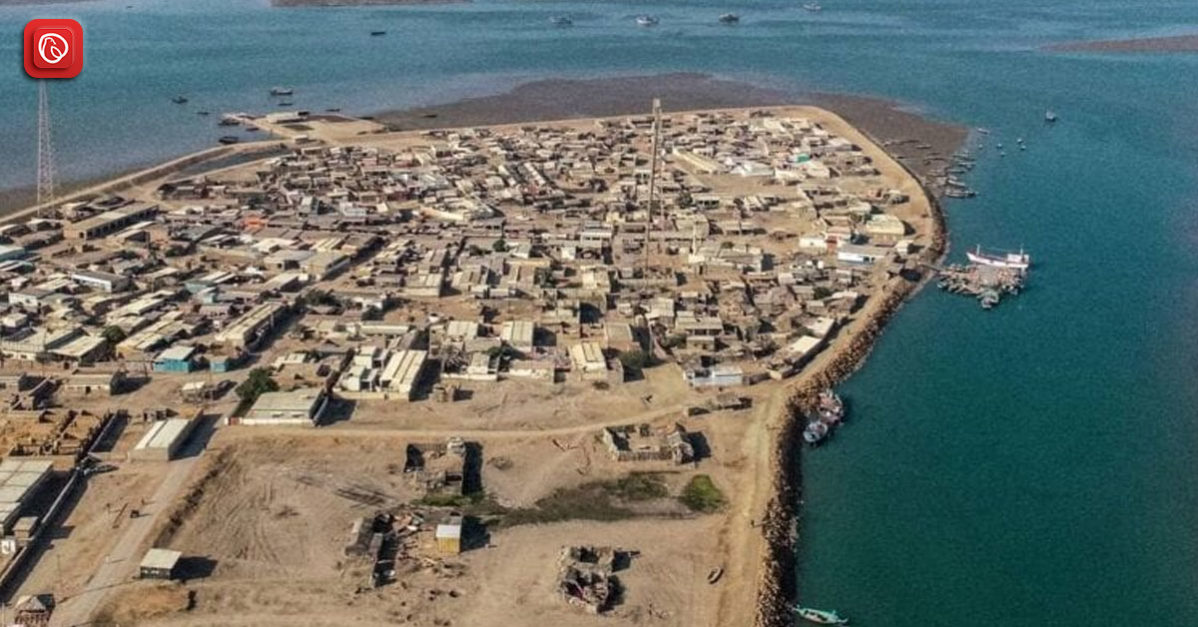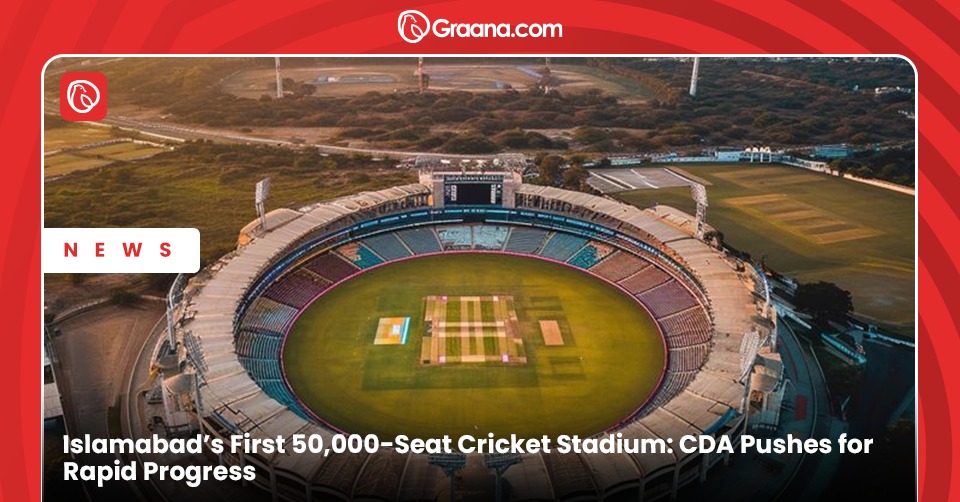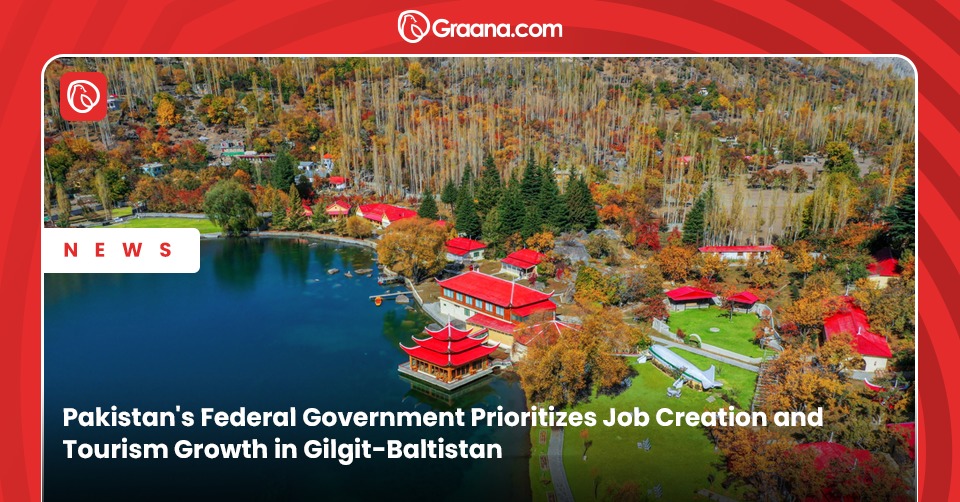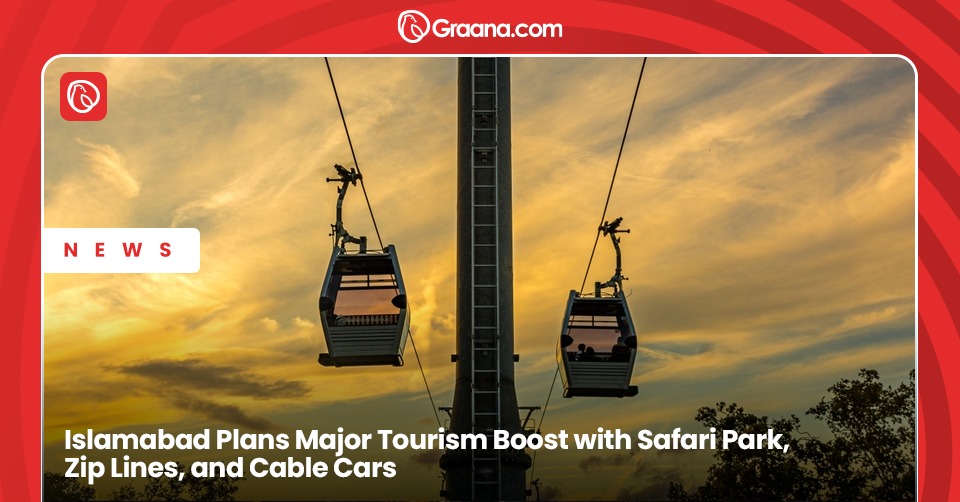Keti Bunder was formerly a bustling port city and is currently a taluka in the Pakistani province of Sindh’s Thatta district. Situated around 200 kilometres to the southeast of Karachi, the region spans more than 60,969 hectares. The Arabian Sea, which is thought to have sunk 28 of the region’s original 42 days (clusters of settlements), has drastically changed the region’s topography. Approximately 46,137 hectares of land have been damaged, leading to a major drop in land area [WWF 2004].
Graana.com has put together a thorough overview of the city. Continue reading for more information.
Highlights
| Description | Value |
| Total Area | 60,969 ha |
| Distance from Karachi | 200 km south-east |
| Households (Brick/Block) | 40% |
| Households (Thatched Huts) | 60% |
| Occupation (Fishing) | 90% |
| Occupation (Livestock Rearing) | 8% |
| Occupation (Other Sectors) | 2% |
| Literacy Rate (Overall) | 10% |
| Literacy Rate (Male) | 12% |
| Literacy Rate (Female) | 5% |
| Common Diseases | Tuberculosis, Hepatitis, Malaria |
Location
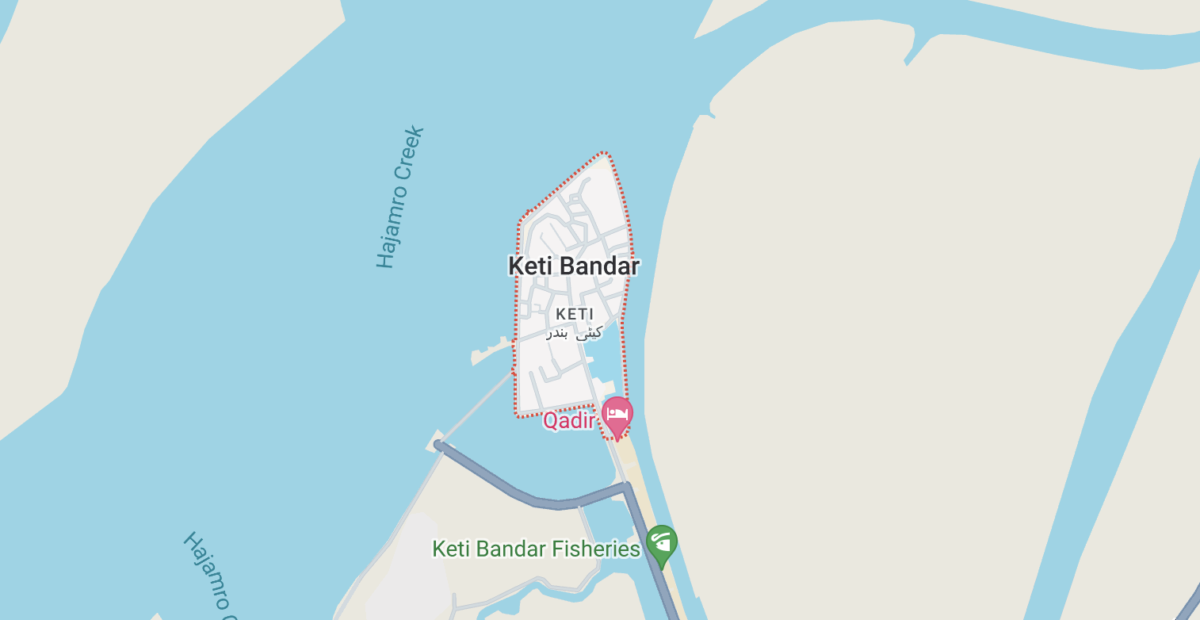
Keti Bunder is situated in the Thatta district of Sindh province, almost 200 kilometres southeast of Karachi. This Thatta district taluka (tehsil) comprises 42 dehs (clusters of villages) covering 60,969 hectares.
The entire impacted area of Keti Bunder is estimated to be 46,137 hectares, with 28 deaths thought to have been swallowed by the sea (WWF 2004).
With 29 villages and 19 dehs, the tehsil has about 12,000 people. Before any dams or barrages were built on the Indus River, this tehsil was a port city in the past. It is currently one of the major towns along Pakistan’s coastline where residents are losing prospects for a living and the environment is deteriorating.
According to elders in the area, seawater intrusion has caused Keti Bunder town’s site to shift three times in the last 70 years.
How to Reach?
Keti Bundar and Karachi are roughly 150 kilometres apart. The quickest alternative is to take a taxi, which takes about two hours and twelve minutes. From Karachi, there are three routes to Keti Bunder:
- Car: With a journey time of about two to three and a half hours, this is the quickest and most practical alternative. Approximately 150 kilometres can be covered by the Karachi-Thatta Dual Carriageway, NH-5, and AH2.
- Taxi: If you don’t want to drive yourself, taxis are an excellent option and are widely available in Karachi. The cost is comparable to renting a car.
- Bus: Buses are the most economical option but can also be the slowest. Public buses travel between Keti Bunder and Karachi.
History
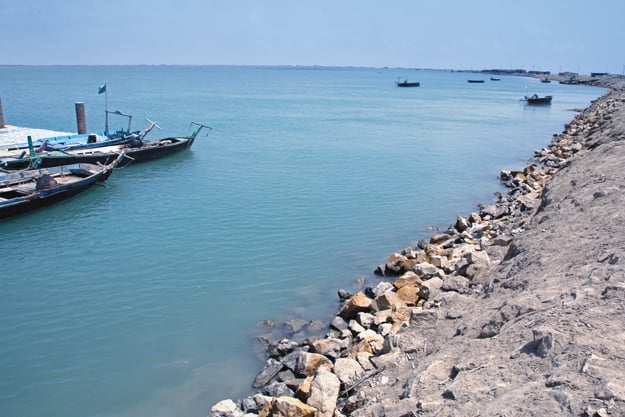
This town was founded in 1819 to take the position of Shah Bandar, which was sinking and having to deal with a change in the course of the Indus River.
- Successor to Irung Bandar: Trade in the area moved to Keti Bunder from Aurangzeb Alamgir’s 1659 construction of Irung Bandar.
- Trade Hub: Keti Bunder rose to prominence as a hub for trade, opening doors to the Persian Gulf, Son Miani, Makran, Bahj, and Kathiawar, among other places.
- Flourishing Port: In the early years of British control in India, Keti Bunder prospered. Even the East India Company conducted commerce activities out of the port.
- Economic Significance: The article emphasizes the vital significance that Keti Bunder plays in the economy of Sindh.
- Municipal Status: When Keti Bunder was granted the status of a Municipal Committee in 1932, the significance of the organization was further recognized.
- British Infrastructure: The British government established a rudimentary infrastructure at the port, comprising a customs office, navigation and monitoring systems, and port taxation, after realizing the importance of Keti Bunder.
- Indus River Diversion: Keti Bunder’s agricultural lifeblood was smothered by Sukkur Barrage and contemporary canals.
Shifting Economy
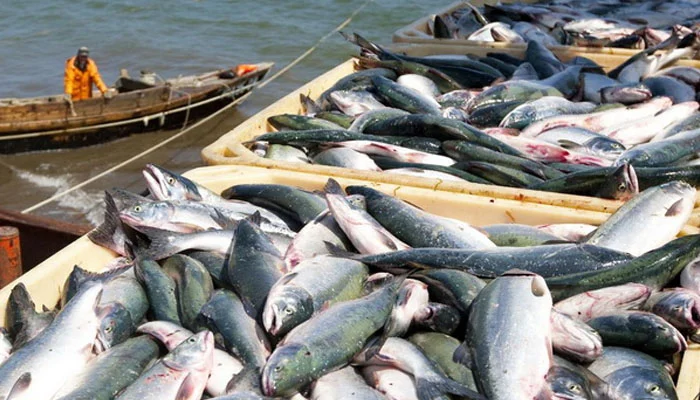
The economic landscape of the town exhibits an impressive degree of environmental change adaption. Historically, the region’s agriculture was its main industry, supported by an abundance of freshwater from the Indus River. Prized export red rice thrived beside bananas, coconuts, melons, and other fruits.
Raising livestock boosted the local economy as well. But this delicate balance was upset when dams and barrages were built on the Indus River. Seawater crept and took over the area as freshwater flow to the area’ decreased. The area’s economic activity significantly transitioned due to this abrupt change.
- From Fields to Fishing Nets: Nowadays, this region’s economy is centred on fishing. Approximately 90% of the population is employed in this industry, and boats and fishing nets have taken the place of once-fertile fields. Many fishermen work as labourers on larger boats, and not all fishermen own their own boats.
- Minimal Diversification: Although fishing is dominant, other economic sectors are still in their infancy. Merely 8% of the populace raises cattle, while only 2% work in other industries.
- A Glimmer of Hope: In the inland regions of Keti Bunder, some agriculture endures despite the difficulties. Vegetables, fruits, sugarcane, wheat, and betel leaf are still farmed here. Nevertheless, resolving the freshwater deficit is critical to the agricultural sector’s survival.
Natural Resources
The region presents a complicated picture of natural resources; it was once a healthy ecosystem. Although the area has many plants and animals, environmental changes and human activity have caused serious problems.
Mangroves in Decline
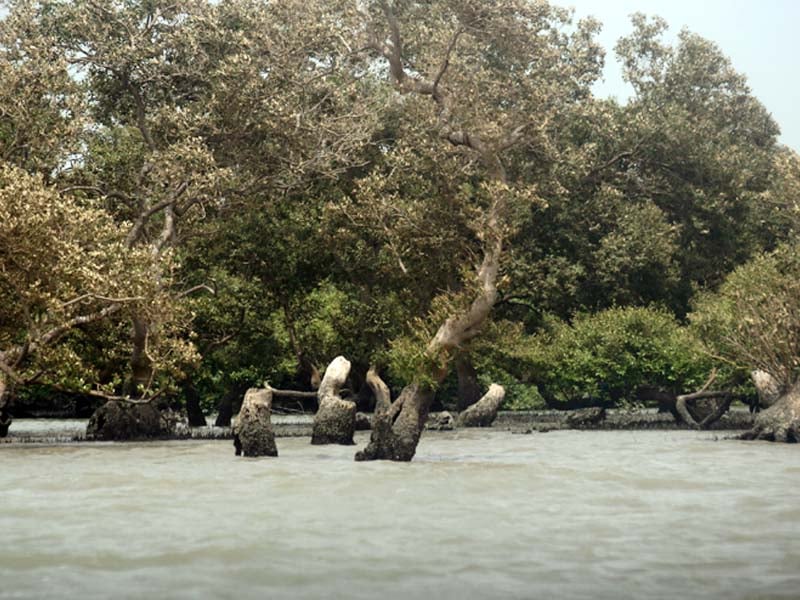
Once a defining feature of the town, the mangrove forests are in grave decline. Human activities have severely damaged these essential ecosystems, such as exploiting trees for firewood and reducing freshwater flow from the Indus River. Even if certain vestiges continue to exist in particular creeks, their general health is a matter of worry.
A Haven for Birds
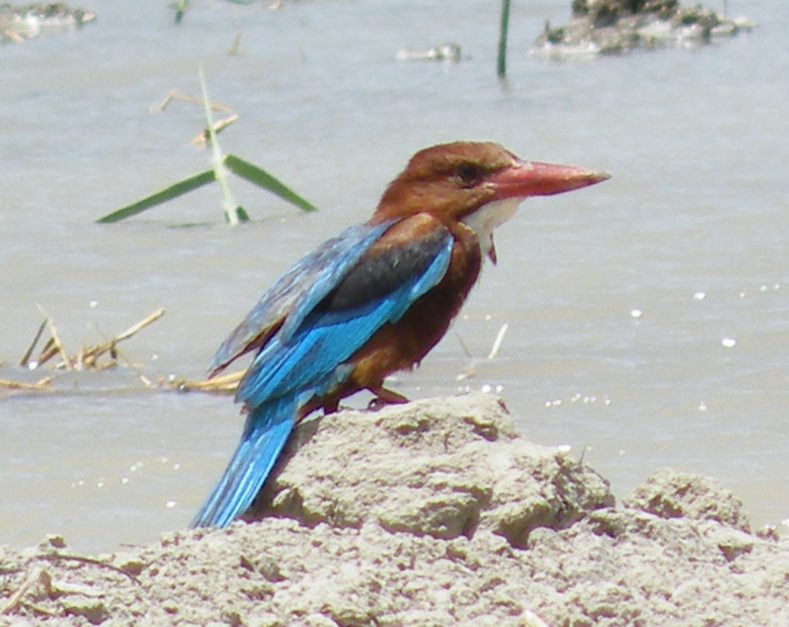
Despite environmental challenges, Keti Bunder is still an important bird habitat. Waterfowl that migrate through the Keti Bunder Wildlife Sanctuaries North and South find refuge.
Over 50,000 species, including raptors, waders, egrets, pelicans, and herons, use this area as a haven each year. Their existence serves as a reminder of how crucial it is to protect the remaining natural resources.
A Battle for Survival
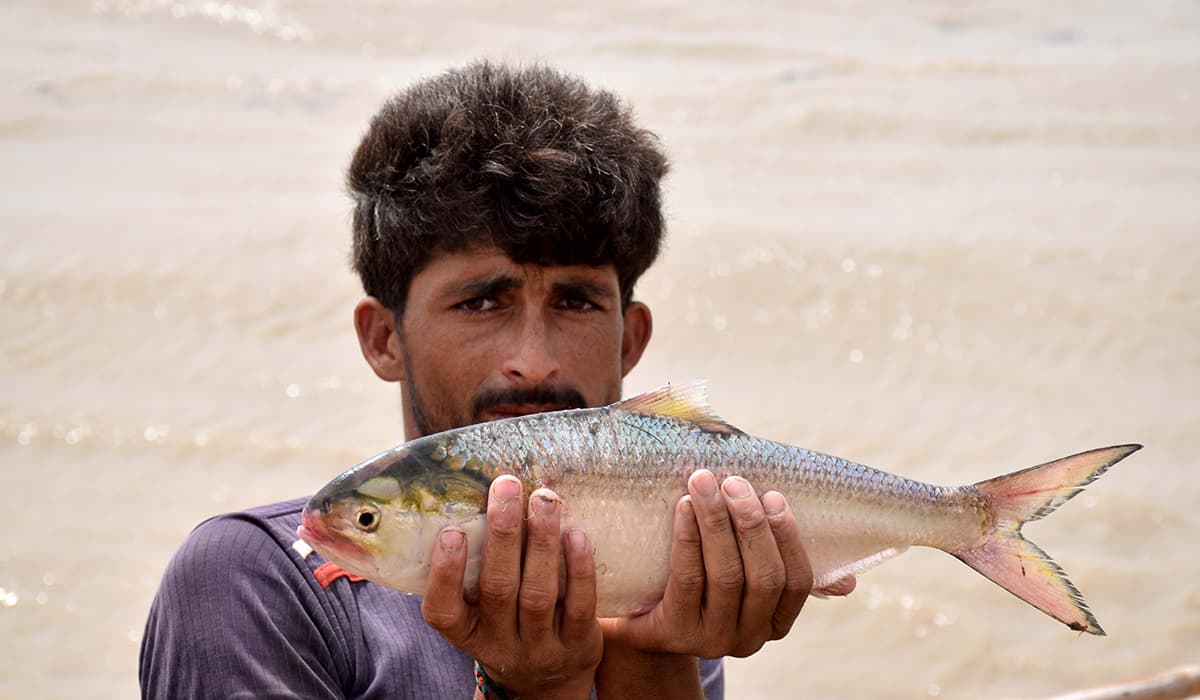
Keti Bunder’s marine life likewise has difficulties. There has been a reduction in the population of certain fish and prawn species; others, like the Palla fish, are almost extinct. 24 types of shellfish and 63 species of fish are documented. However, their continued existence is in jeopardy.
Marine Life and Land Mammals
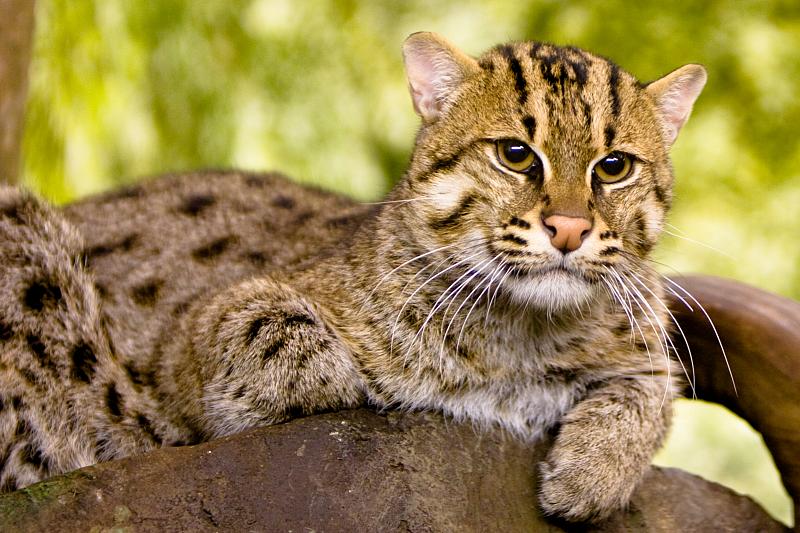
The town is still home to land mammals such as Indian porcupine, fishing cat, wild boar, and Asiatic jackal. The area is also home to many reptiles, including lizards, sea snakes, vipers, and cobras. The biodiversity is increased by marine mammals such as common dolphins, hump-backed dolphins, and bottlenose dolphins.
The climate
The town has year-round mild temperatures and an arid subtropical climate. Housing reflects this climate; about 60% of homes are thatched huts, and the remaining 40% are built of brick or block.
Restoration Efforts
Reviving Keti Bunder has included numerous administrations. Many projects have been planned, ranging from the time of Zulfikar Ali Bhutto to the current Pakistan People’s Party (PPP) government. Rebuilding Keti Bandar’s port infrastructure has been a recurrent topic.
- Coal Power Plant: The government of Benazir Bhutto suggested building a coal-fired power plant in 1994 utilizing Thar coal, but the plan was turned down by the government of Mian Nawaz Sharif, who succeeded her.
- Road Infrastructure: To increase accessibility to the port, Dr. Kaleemullah Lashari brings forth a feasibility report from Benazir Bhutto’s administration. But this project has also been neglected in favour of expanding Gwadar Port.
- Zulfikarabad Industrial City: The PPP government planned a new industrial city called Zulfikarabad in 2008, attracting interest from Chinese investors. However, concerns raised by Sindhi nationalist parties reportedly led to its delay.
FAQs
Following are some of the top FAQs on Keti.
What is Keti Bunder famous for?
Keti Bunder is primarily known for being a Wildlife Sanctuary, particularly for its vast number of water birds. During migratory seasons, the area can see up to 50,000 birds, including pelicans, egrets, herons, waders, and raptors.
What is the meaning of Keti Bunder?
“Keti” translates to “delta” in the Sindhi language, while “Bunder” means “port.” Therefore, Keti Bunder translates to “Delta Port.”
Which district is Keti Bunder in?
Keti Bunder is located in Thatta District, Sindh, Pakistan. Historically, the port was built on the remains of the older seaport of Debal.
Is the town a wildlife sanctuary?
Keti Bunder consists of two wildlife sanctuaries: Keti Bunder North and Keti Bunder South. These sanctuaries are renowned for their large populations of water birds.
How to reach the town from Karachi?
There are three main ways to get to Keti Bunder from Karachi: car, buses, and taxi.
How far is it from Karachi to Keti?
The distance between Karachi and Keti Bunder is approximately 150 kilometres.
Was it a port?
Yes, historically, Keti Bunder served as a port city. However, due to sea erosion, its viability as a major port has likely diminished.
This was all about Keti Bunder. For more information, visit Graana.com.
